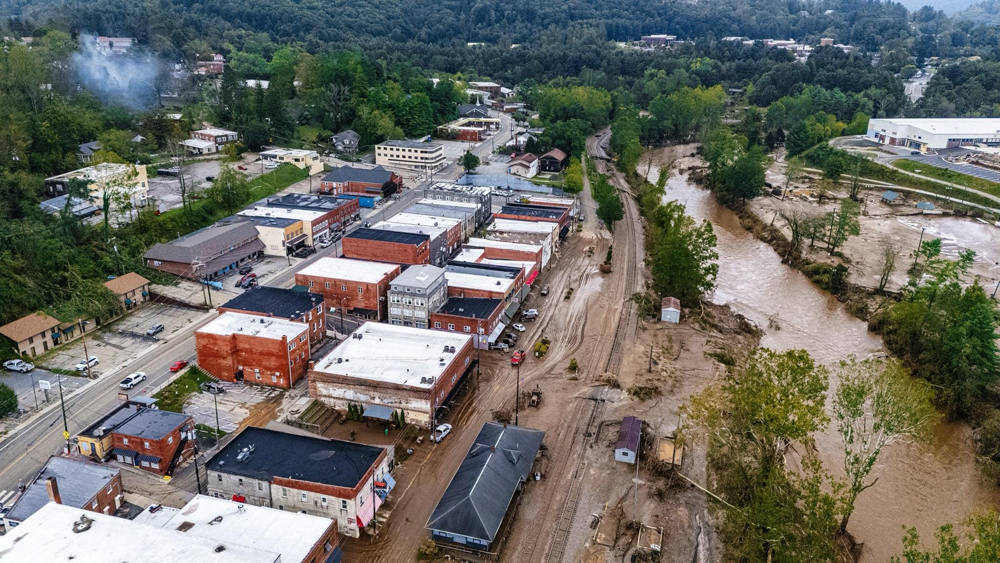
ERWIN, Tenn. — CSX Transportation’s ex-Clinchfield Railroad mainline has seen devastating impacts from Hurricane Helene’s once-in-a-generation flood. It is still too early to determine the full extent of damages, but photos along the famed Clinchfield route are revealing extensive damage exacerbated by the region’s remoteness. High waters are prohibiting emergency responders and railroad officials from gaining access to communities along the right-of-way, and in some cases, roadway and railroad bridges have been compromised or destroyed.
With roadways out of service and railroad washouts prohibiting inspections and repair, CSX’s Blue Ridge Subdivision and much of its Clinchfield are likely to remain out of the service for the foreseeable future. It will be several days, at the earliest, before the railroad is able to provide full details on the impact and next steps.
Widespread damage was seen along the right-of-way between milepost Z 138.0 at Erwin, Tenn., to Spruce Pine, N.C., at Z 182.0, a distance of 44 miles. An approximate 375-foot bridge crossing the Nolichucky River at Poplar is gone, with only concrete piers protruding from swollen muddy waters. The railroad follows the banks of the Nolichucky and North Toe rivers for about 40 miles between Erwin and Spruce Pine. In downtown Spruce Pine, waters were 8-9 feet above the right-of-way, almost up to the roof of the city’s restored train depot.
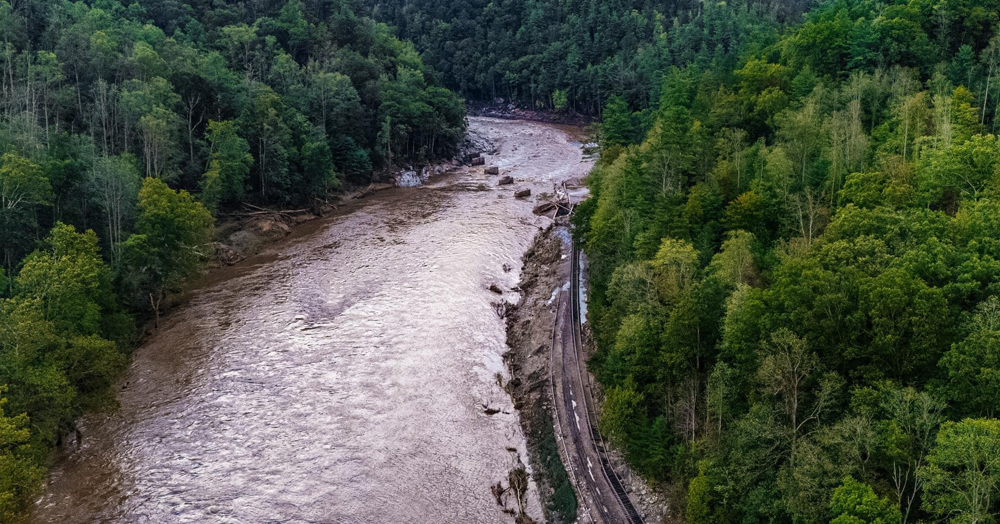
The track outage affects mostly through traffic in the form of four daily merchandise trains, a M652/M653 pair that connect Russell, Ky., with Hamlet, N.C., and M692/M693 between Russell, Ky., and Waycross, Ga. Coal trains use the old Clinchfield to serve utility customers in the Carolinas, notably Duke Energy’s Cliffside steam plant in Brice, N.C., plus corresponding coal empties, and occasional unit ethanol trains terminating near Charlotte, N.C. Infrequent grain trains contribute to an average of 5 to 7 trains that use the Clinchfield daily.
It is likely CSX will have to detour around the Clinchfield using routes like the I-64 corridor on the former Chesapeake & Ohio between Russell, Ky., and Richmond, Va., or the former Louisville & Nashville from Cincinnati, Ohio, into Tennessee and Georgia.
More than 20 inches of rain fell across much of western North Carolina and eastern Tennessee this past week. The narrowness of the river valleys along this route intensified the force of the water making damages more significant compared to areas with wider valleys.
Further south, Norfolk Southern sustained damages to its former Southern Railway line between Morristown, Tenn., and Salisbury, N.C., notably between Marshall, N.C., and Old Fort, N.C.
No additional rain is expected this weekend, but water levels will remain elevated through the rest of the weekend and communities are still concerned that some dams may breach as a result of sustained high water levels.
The National Weather Service is referring to the weather system as the region’s most significant event of the modern era.
Trains News Wire will provide further updates as more information becomes available.
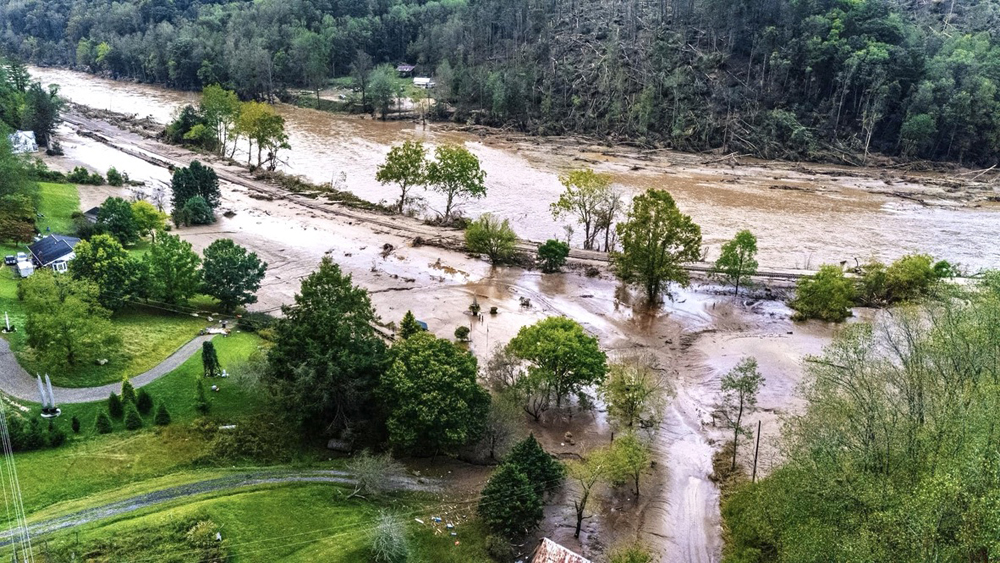






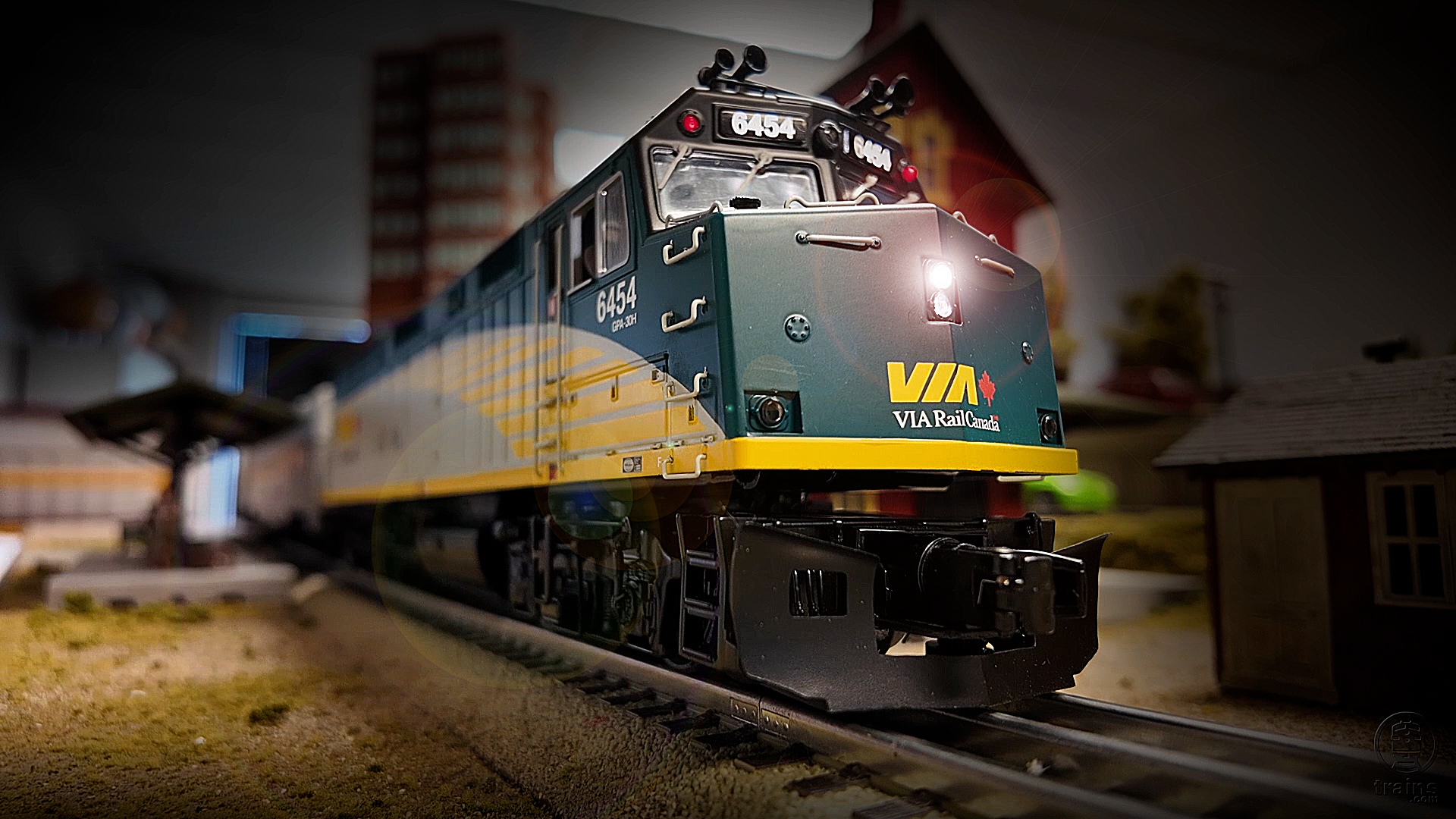


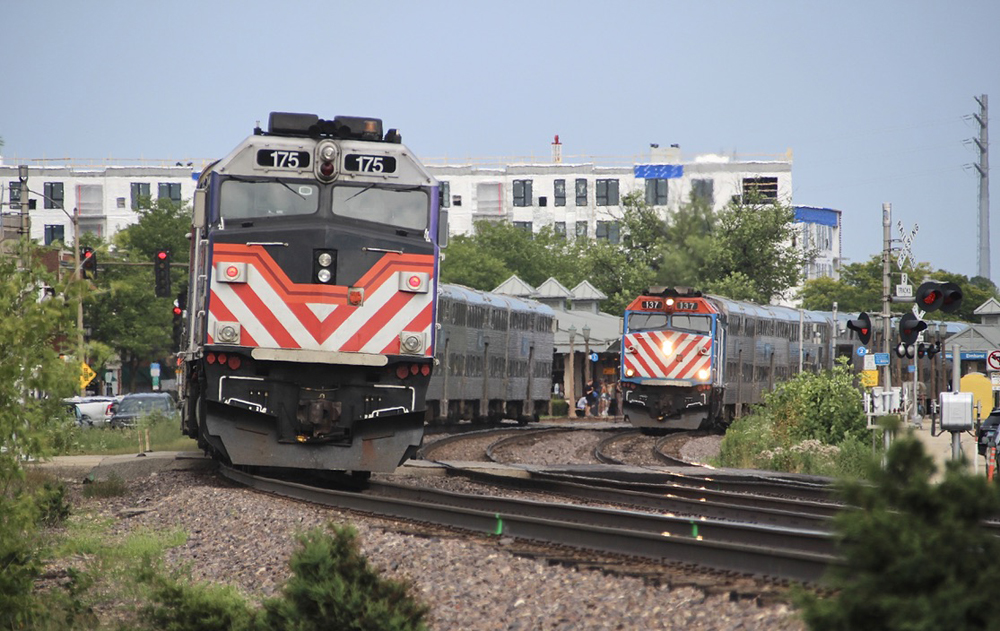




We seem to be going forward with restoration!
The remote location does not influence the scope of the damage. Hydrology depends on the amount of rainfall, the topography, and to a lesser extent, whether the land is developed or not.
That being said (typed), the remoteness will be an obstacle to recovery.
While it is disheartening to see this scope of destruction, the silver lining is that people are working together to help one another and to build back. As an employee of a public agency and a career civil engineer who lived through Irene and Lee in 2011 in the northeast, I can say it’s all uphill from here. The landscape will be permanently scarred, but you will see your public infrastructure workers have their time to shine. I continue to pray for the hundreds of thousands of people who have been impacted, psychologically, by this event, along with those who suffered physical losses.
As for the railroad, I’m sure the cost to divert traffic and loss of businesses will be weighed against the cost required to repair. There will be political fighting; the railroad will start by threatening not to rebuild in a ploy to get some disaster recovery funds. It is worth pointing out that if the railroad goes, the remote area becomes moreso. To bolster their utility, rebuilding wa(r)shed out roads is going to require a lot of stone products plus asphalt and concrete. If the railroad can contribute toward moving those commodities where they are needed, along with parts to restore public utilities like power and water, it will improve their public standing when they request public assistance for filling in their own washouts. Drinking water and gasoline are important supplies right after a natural disaster. Prove the value of your assets this way.
The problem is if they abandon those lines..it puts more traffic on other CSX/NS lines-more bottlenecks. Those lines through the mountains are a traffic safety valves. You can also move more supplies by rail into those storm damaged areas than by the roads, which are mostly 2 lane in that region (if they are passable).
Once the winds die down maybe the best way to access damages is to use drones?
Railroads forever built along/near rivers, lakes, etc., for many reasons. Now, when the water rises, they have issues and its a head scratcher. It goes without saying, “if you see water, you’re gonna have trouble.”
Indeed, some trains are coming over the C&O. Thence down the Seaboard line.
Deeply saddening but also unfortunately this is no longer a “once in a generation” type of event. Storm intensity and frequency, along side with faster ramp ups due largely to more moisture carried in the atmosphere will lead to more of these events. My part of the country has already seen a few “one hundred year flood” events in the last decade.
May have the same effect that Hurricane Agnes had on creating full abandonment.
There’s no question that the flooding will forever impact railroading in Tennessee and North Carolina. NS and CSX have major decisions to make regarding the future of their respective lines in this area. Do they rebuild or abandon? In particular, Norfolk Southern’s lines through Ashville have seen marginal traffic levels in recent years. Should NS decide to exit Ashville, WATCO’s Blue Ridge Southern will be left high and dry.